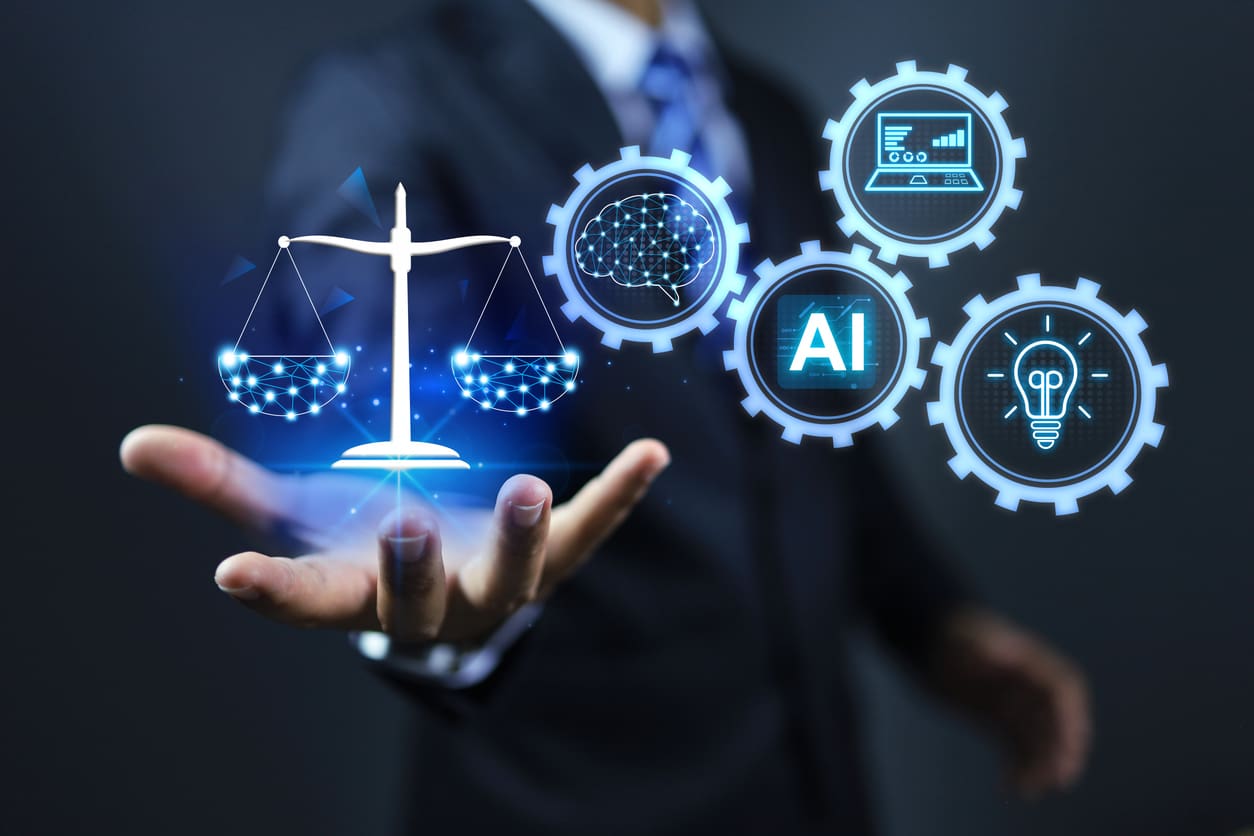Standards in artificial intelligence play an essential role in ensuring that AI systems are compliant and have access to the market. Discover how they facilitate innovation and guarantee trustworthy AI.
Why are AI standards critical?
Artificial intelligence (AI) is transforming our society, but to ensure its responsible development, it is crucial to regulate its deployment. This is where AI standards come in, serving as an internationally recognized technical reference framework to ensure the transparency, robustness and security of AI systems.
Unlike laws and regulations (hard law), standards are voluntary, but they play a key role in the adoption of good practices on trustworthy AI, and effective technical solutions and methods to frame the deployment of AI and exchanges between the various market players. Among other things, they can facilitate compliance with the AI Act, promote innovation and ensure harmonized access to the European market.
To better understand how standards fit into the overall AI regulatory framework, explore our full dossier on the AI Act.
AI standards: a technical reference framework
1. Who defines AI standards?
Two organizations play a central role in the development of artificial intelligence standards that cover the entire use of AI systems from design to use:
- CEN (CEN/CLC JTC21), which adapts and develops specific standards for the European market.
- ISO (ISO/IEC SC42), which develops international standards.
ISO and CEN work closely together to ensure consistency between global and European standards.
2. What are artificial intelligence standards used for?
AI standards play an essential role in regulating the development and use of artificial intelligence systems (AIS). In particular, they make it possible to:
- define methods for testing and evaluating AI systems,
- establish performance criteria and technical requirements,
- facilitate risk management and regulatory compliance.
Today, for example, there is the ISO 42001 standard, system management of AI. It proposes a set of good practices to support organizations in the responsible and controlled use of artificial intelligence.
AI and European standardization: a key for the AI Act
Harmonized European standards and the AI Act
The AI Act, the European Union’s flagship regulation on artificial intelligence, is based on the application of harmonized standards (European harmonized standards on AI are European standards currently being developed on the basis of a request made by the European Commission in the framework of the AI Act). The latter confer on companies a presumption of conformity if they are published in the Official Journal of the European Union, facilitating their access to the European market.
From August 2026, CE marking will be mandatory for high-risk AI systems. This marking certifies that the product complies with the requirements of the AI Act, thus strengthening the confidence of users and regulators. To prove their compliance and obtain the CE marking, high-risk AI systems will have to rely on harmonized standards, which technically translate the essential requirements set out in the AI Act. In this sense, AI is treated as a product in the same way as other equipment regulated by EU law.
Standards are a lever for the competitiveness of AI companies, especially for startups and SMEs that develop innovative solutions.
Why are standards essential for AI innovation?
Standards in artificial intelligence are not just a regulatory constraint, they are a driver of innovation.
Impact of standards on the AI ecosystem
- Ensuring a high level of protection of fundamental rights, security and transparency.
- Fostering innovation by establishing clear technical requirements.
- Creating a fair competitive framework, especially for European start-ups and SMEs.
- Avoiding regulatory fragmentation and ensuring effective interoperability of AI systems.
- Strengthening Europe’s influence in global standardisation.
A new product approach for AI
The AI Act considers artificial intelligence as a product rather than a simple technology. This approach, similar to that used for other consumer goods (toys, building materials), introduces novel challenges in the drafting of standards.
However, it guarantees:
- Better consumer protection against the risks of AI.
- A clear methodology for identifying and mitigating risks to fundamental rights.
- A secure framework for the development of AI systems.
10 priority areas for AI standardization in Europe
The European Commission has asked CEN and CENELEC to draft harmonized technical standards in 10 areas that meet the essential requirements of the AI Act for high-risk use cases:
- Risk management systems for AI systems
- Governance and data quality
- Registration
- Transparency and information to users
- Human control
- Exactness requirements for AIS
- Robustness requirements for AIS
- Cybersecurity requirements for AIS
- Quality management system for AI system providers including post-market surveillance processes
- Conformity assessment
These standards are essential to guarantee responsible AI and strengthen confidence in this technology.
An evolving AI framework, a strategic issue
The standards in AI are much more than a technical framework: they are a lever for market access, an innovation tool, and a guarantee of confidence for users and regulators.
Europe plays a key role in defining international AI standards.
AI players must prepare now for these developments to secure their innovations and guarantee their regulatory compliance.
Need help anticipating AI standards?
Contact our experts for personalized support and ensure the compliance of your AI solutions today.
